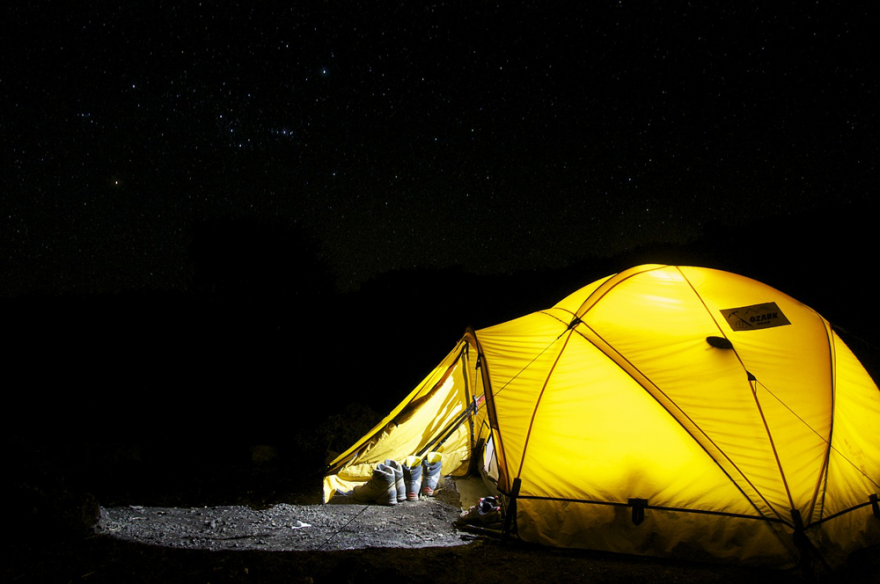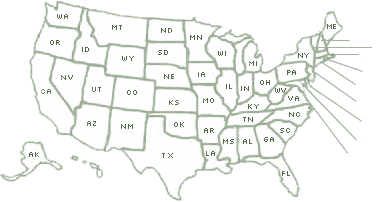
There’s nothing nicer than sitting around a campfire, watching the stars twinkle in the sky before calling it a night. However, once you get inside of your tent, you’ll sharply wake up from how cold it is. Trying to get to sleep in a cold tent can be a nightmare.
If you’re thinking of going camping but the cold sleepless nights are putting you off, we have you covered. We’ve put together a list of some helpful hacks that you can use to keep yourself cozy this camping trip. No matter what the season is, you can use all of these tips to your advantage.
DIY Hot Water Bottle

When you go camping, you’re very likely to have a water bottle with you. Before you hop into your sleeping bag, boil some water on the stove and pour it into the bottle. Voila, you have yourself a hot water bottle.
The best place to put it is between your thighs. Holding it there can help you to feel warmer as there’s an artery that runs up your leg which serves to regulate your body’s temperature. If the bottle is too hot at first, put it inside of a sock or wrap some clothing around it.
Don’t Layer Up
Unlike at home, there’s no heating system inside of your tent, so when you begin to feel cold, you naturally think to put on more layers. Although it sounds crazy, don’t layer up your clothing when you’re going to bed. Less clothing equals more heat.
Too many layers of clothing can stop your body heat from circulating once you get inside your sleeping bag. You don’t need to be naked, just wear what you normally would at home.
Warm Your Hands With Ziploc Bags

No matter how much you try to warm yourself up, it’s quite common for people’s fingers to stay cold. So, if you’re fingers just refuse to warm up, hand warmers could become your best friend during a camping trip.
You can buy hand warmers from stores such as Target and Walmart, but where’s the fun in that? Make DIY hand warmers to keep your hands toasty. They’re quick and easy to make, all you need is water, ice melt pellets, and two different size Ziploc bags.
Fill up half of the small bag with water, and seal it up. Fill a quarter of the larger bag with ice melt pellets, put the smaller bag inside of it and zip it up. When your hands are feeling a bit chilly, squeeze the smaller bag until it pops; the water and pellets will mix, creating heat. There you have it, a simple DIY hand warmer.
Jump and Jog

Exercise might be the last thing you want to do just before you climb into your sleeping bag but it will increase your heart rate and warm you up. You don’t need to go on a three-mile run and get yourself sweaty, all you need to do is jog on the spot or do some jumping jacks until you feel your body heat increase.
If you get into the tent cold, you’ll find it hard to warm up, but if you go into the tent already hot, your body heat will get stored inside of your sleeping bag so you can have a warm and snug night’s sleep.
Bring Spare Hats

You may think that bringing more than one hat is excessive, you only have one head right, so why bring two or more? If you’ve been trekking all day, and it’s been raining or snowing, your hat will be damp. The last thing that you want to do is sleep with a wet hat on your head.
When you’re inside of your sleeping bag, your whole body lays inside it except for your head. By bringing a spare hat, you can wear a dry one during the night and keep your head as cozy as the rest of you.
Choose The Right Equipment

Ever heard of the saying you get what you pay for? Investing in some gear that is high quality will be worth your while. You don’t need to spend thousands, just go for reputable brands. Trusted brands produce pieces that are good quality and made to last.
As well as your tent, your sleeping bag is an essential piece of equipment to keep you comfy and warm during the night. All sleeping bags have different temperature ratings so choose wisely depending on the conditions you’re going to camp in.
 Your Privacy Choices
Your Privacy Choices


 The
The